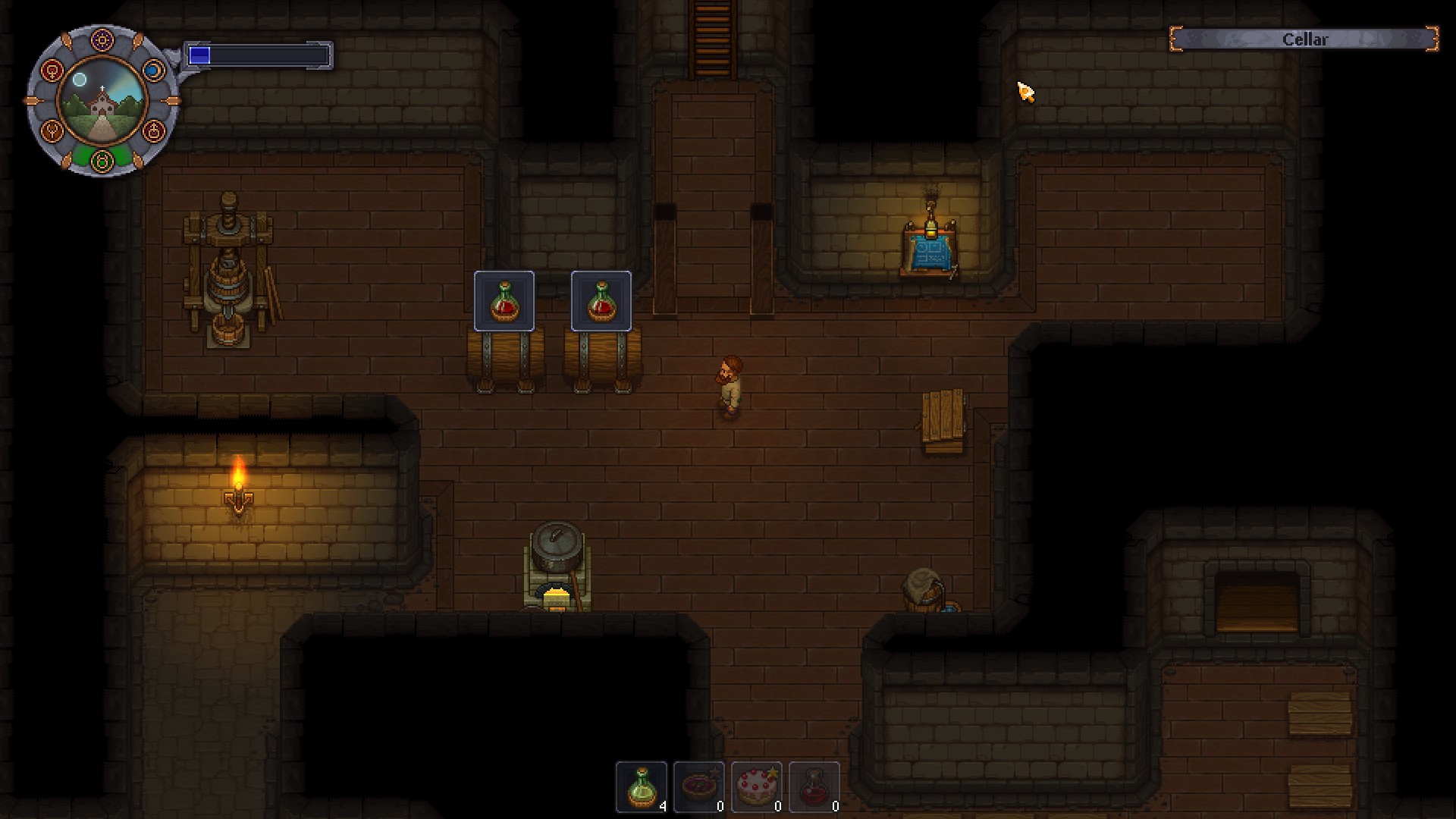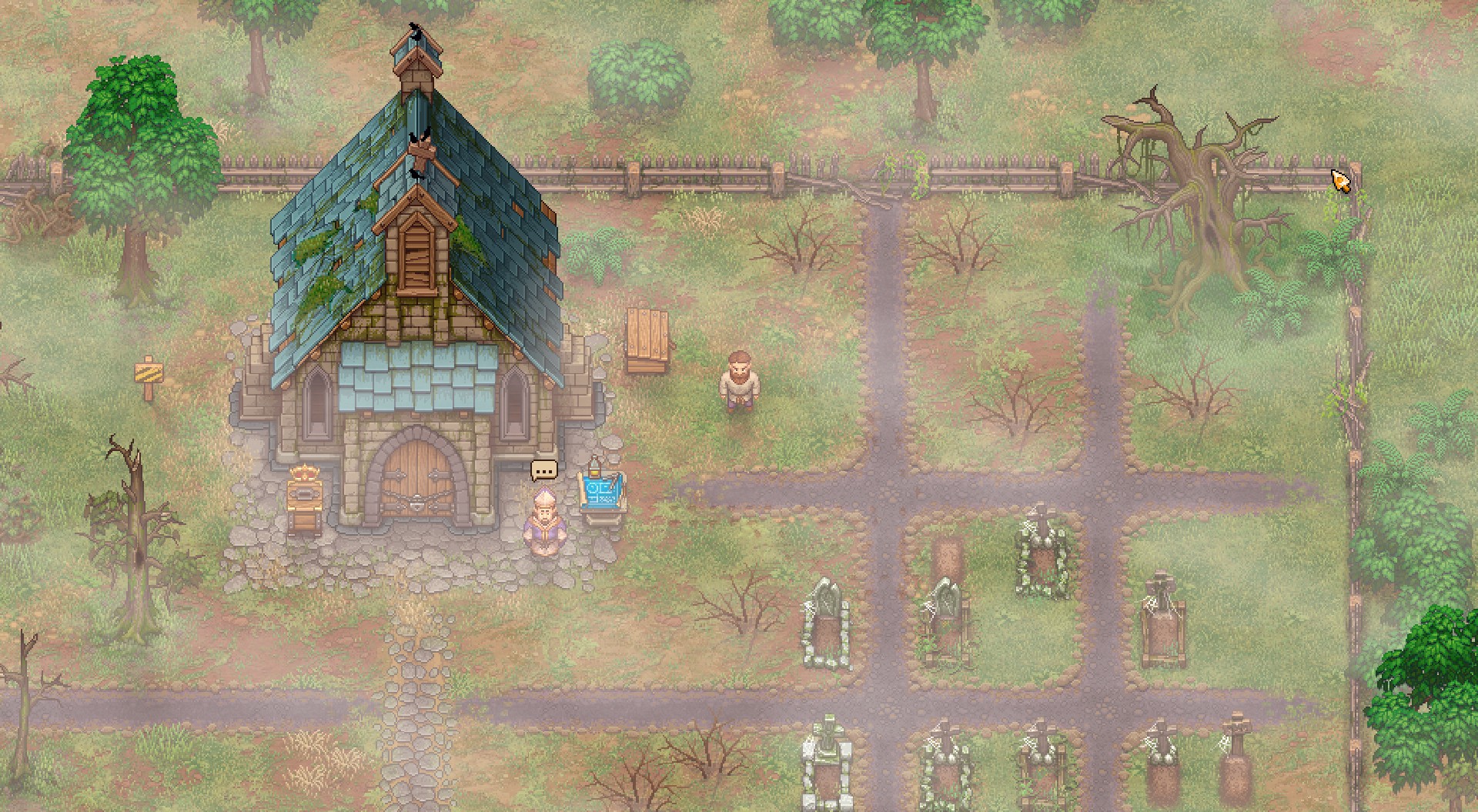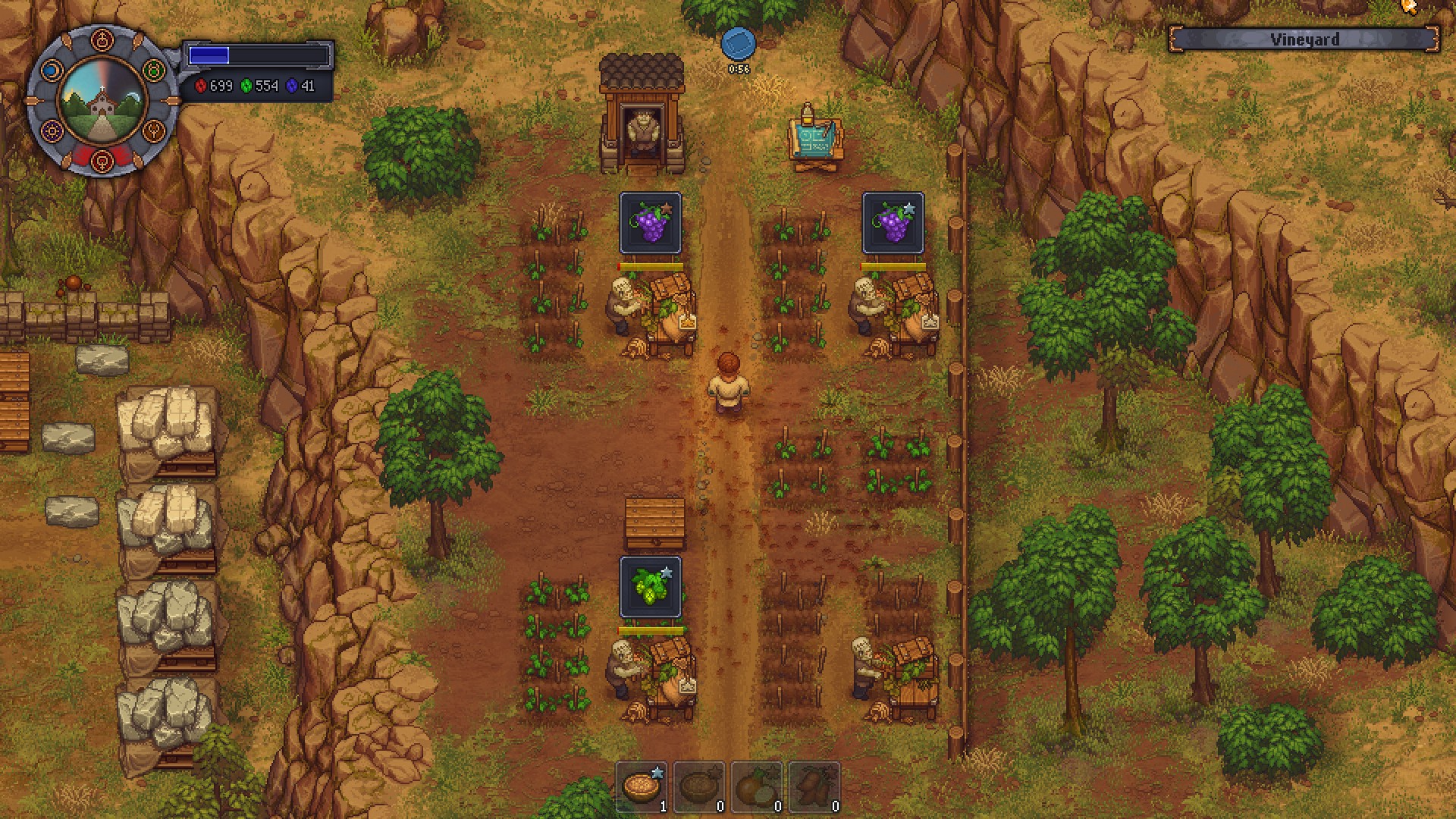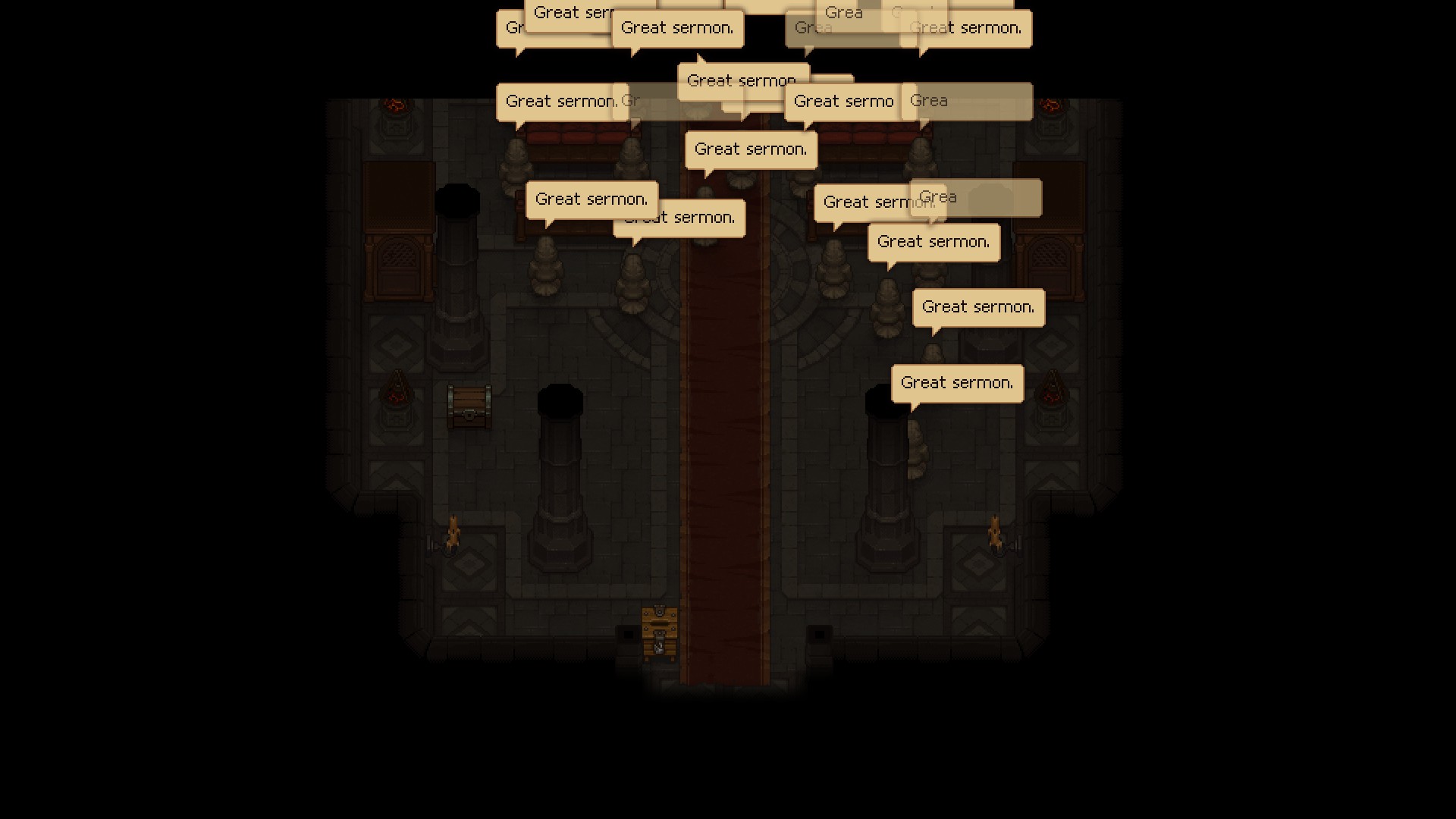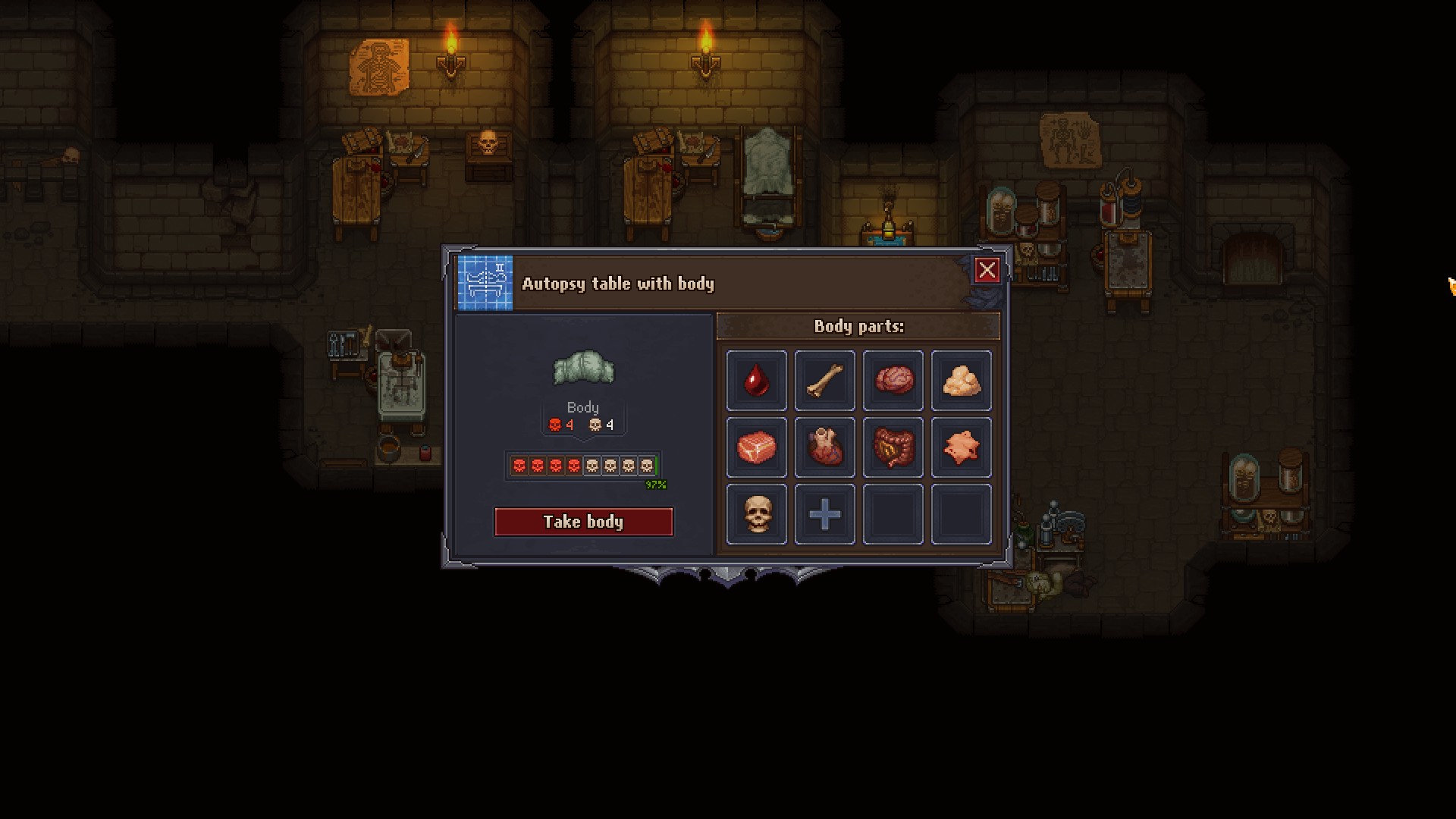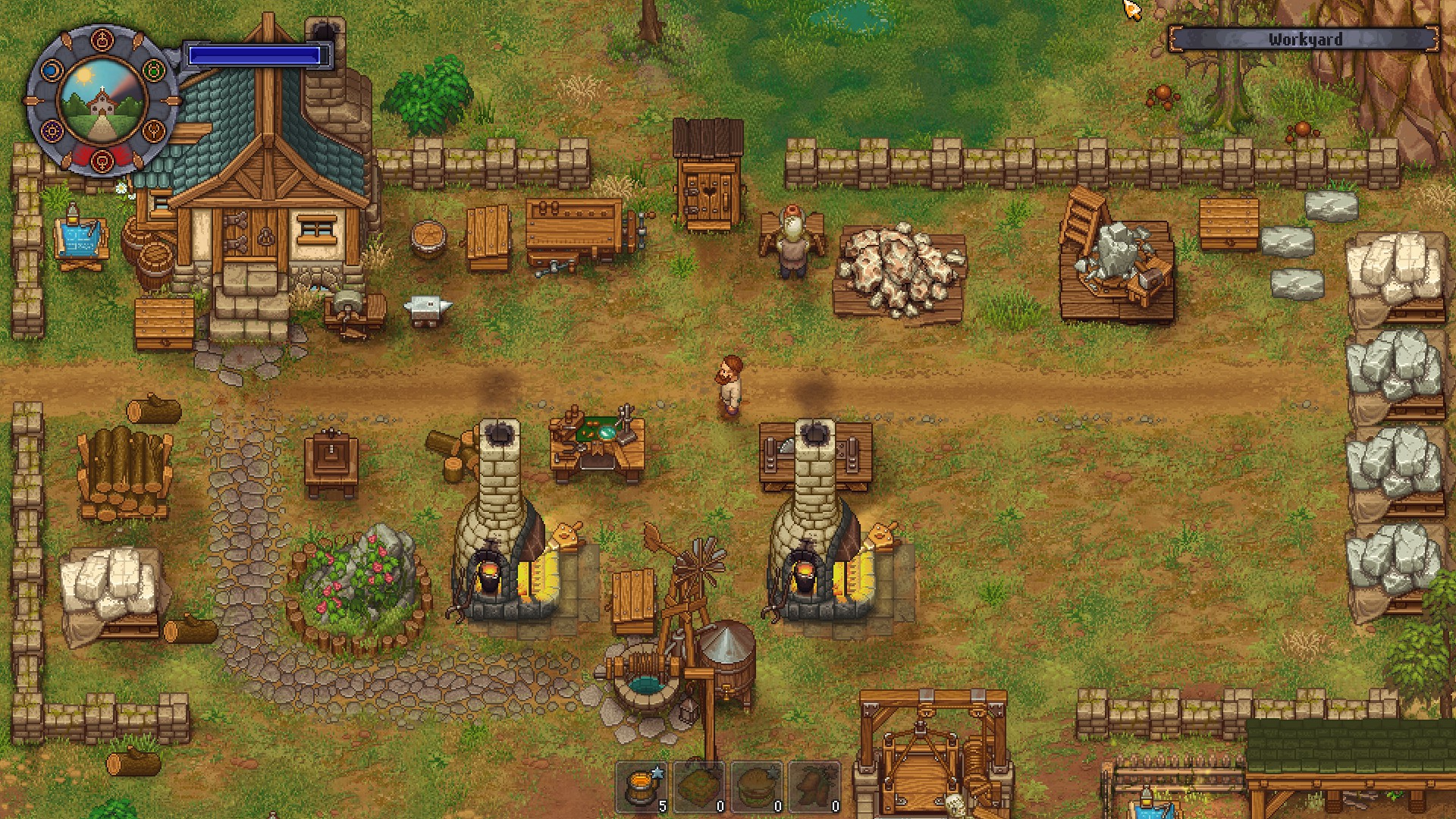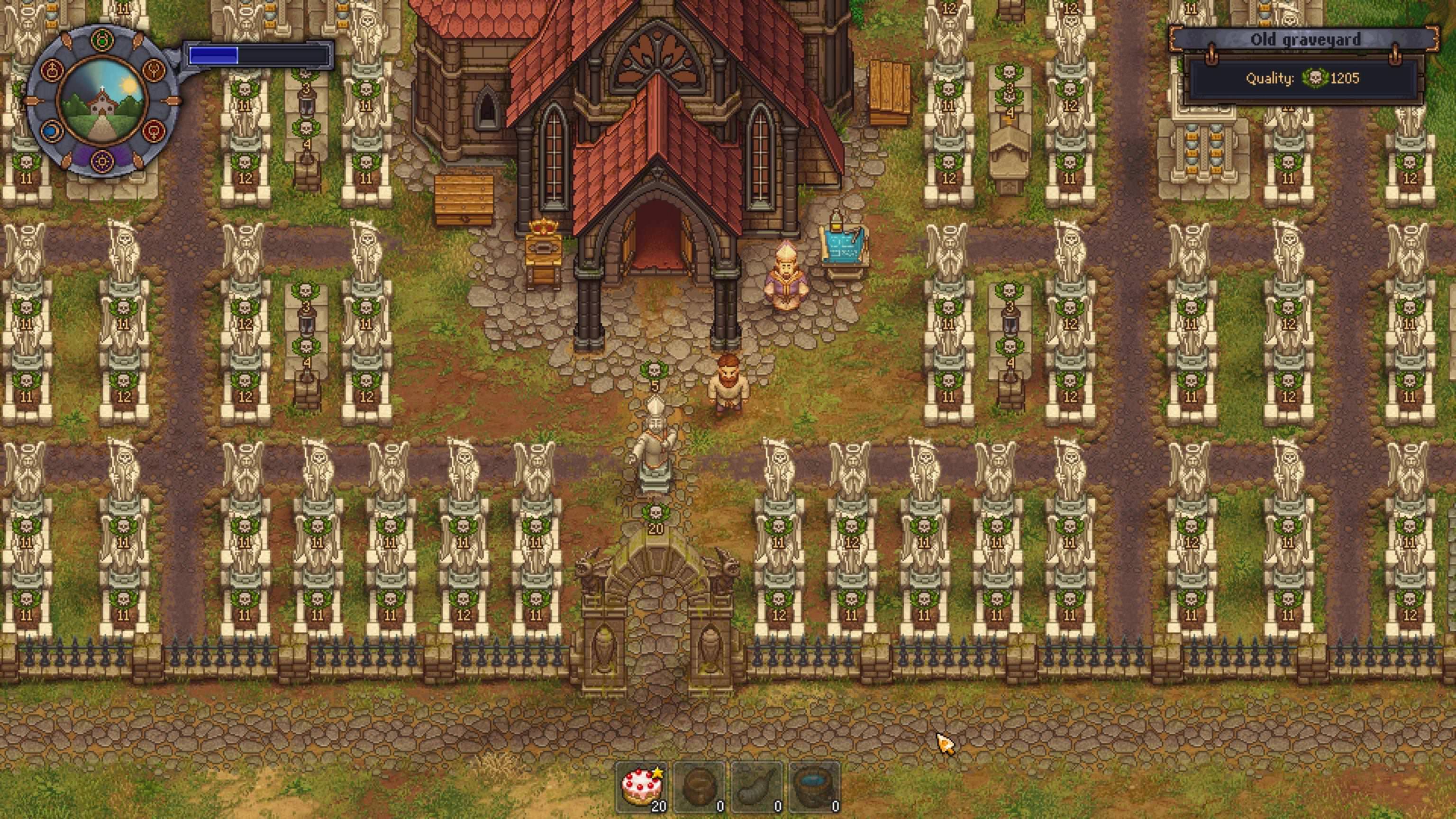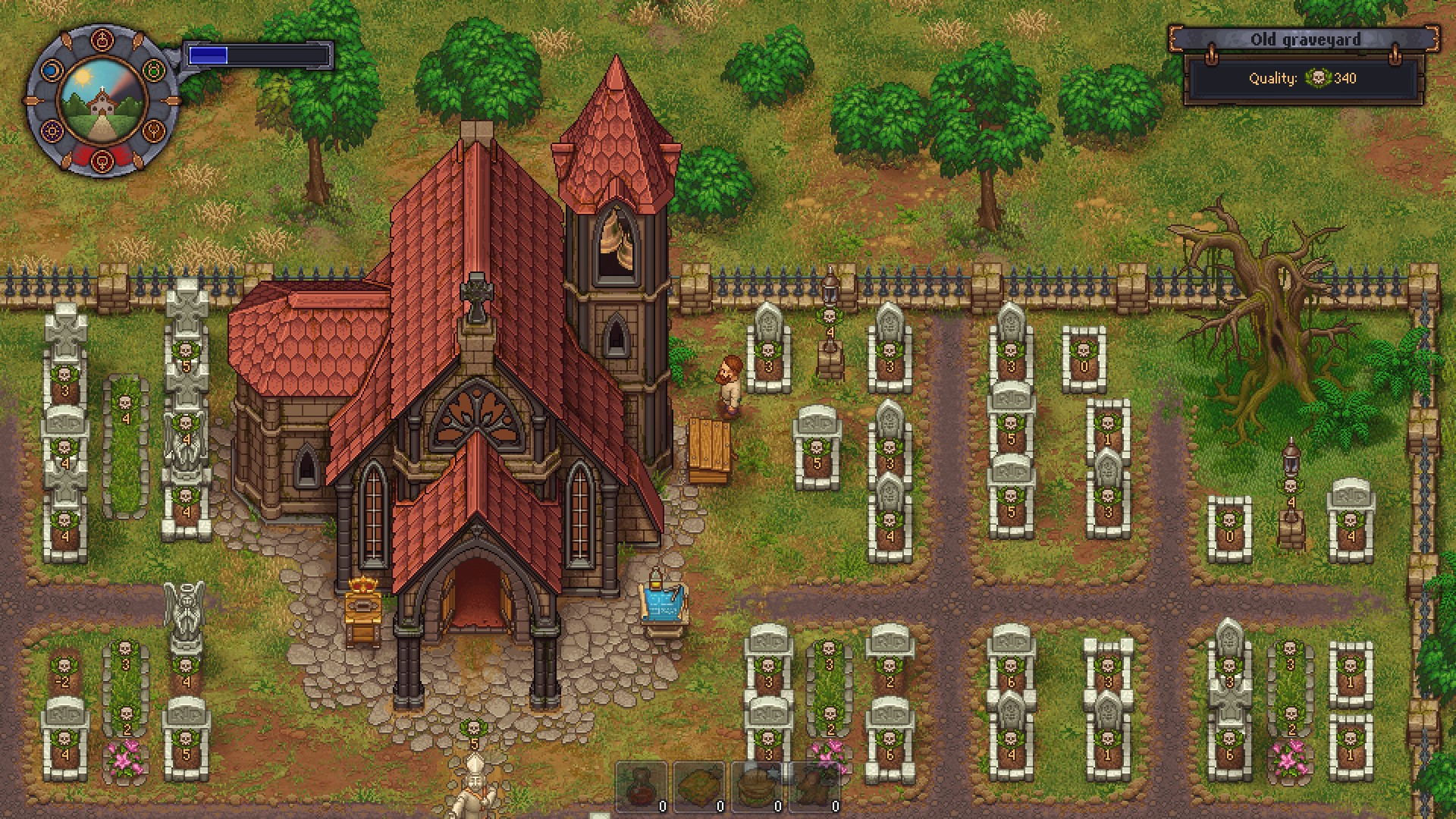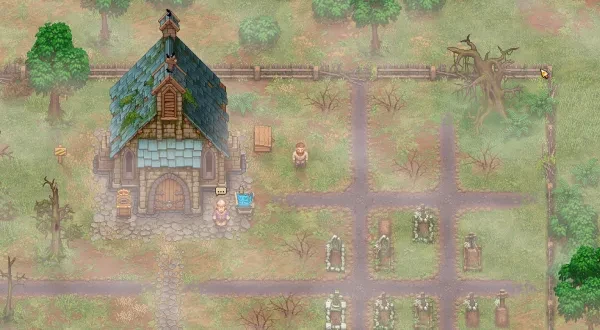
A Review of Graveyard Keeper
Graveyard Keeper, dubbed as the most inaccurate medieval graveyard administration simulation game, was created in 2018 by independent Russian indie game studio Lazy Bear Games and distributed by tinyBuild. It is now available for purchase and download on PC via Steam for Mac, Linux, and Windows, as well as console versions for the Xbox One, PlayStation 4, and Nintendo Switch.
10. Story Setting
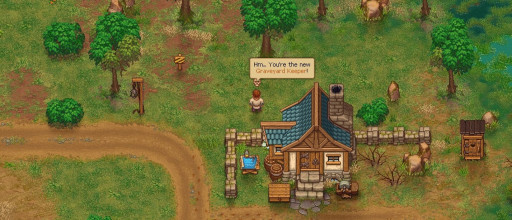
The player is immediately immersed in the character's short backstory after the game begins. You are a man who has just returned from the store with a few groceries and is heading home to visit your loved one—your wife or girlfriend—when all of a sudden you are struck by a car before it becomes completely dark. Regaining consciousness, you discover yourself in a strange new environment where you learn that you are the new grave keeper for this location and that, in order to get home, you will need the assistance of someone named Gerry. Only after assisting the townspeople with their demands and learning more about their new position as the cemetery keeper through encounters with Gerry will players be able to find their way back home. Or is it that simple?
Although the game closely follows its inspiration, with players overseeing every aspect of the neighborhood cemetery, there is more to it. In addition to tending to graves and cleaning up the environment, the game includes farming, smithing, basic fighting, multi-level dungeons, fishing, and a complicated crafting system. All of this adds dimension to the game and the player's character by indicating that they are responsible for several duties rather than simply one.
9. Villagers, Visitors, and Other NPCs
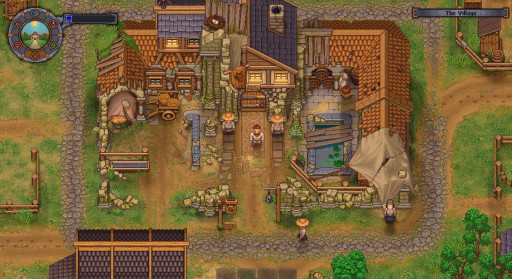
Throughout the game, players will meet and interact with over 30 different people. Guards who patrol different areas are among them, as are regular villagers who can be encountered at any time, villagers who come and go, and special guests who only show up on certain days of the week. It includes a talking donkey that carries corpses to the cemetery caretaker so they can be appropriately handled.
Each villager has a specific task or position that serves both the community as a whole and, more importantly, the player. Interacting with some of the characters can assist players in establishing reputations with them, and the stronger their reputation, the more they can do or gain from them.
Players can trade goods and services for information or exchange products and services with NPC traders. The vast majority of villagers, especially those who sell food and resources, are willing to take the players' craftable items. Food and drink can be purchased and sold to the innkeeper; pottery from Adam; stone and stone goods can be traded with Cory, a neighboring engineer; and crops and seeds can be obtained from the farmer.
8. Weapons and Tools

You'd think there'd be some fighting action in this game given it's set in the medieval age, and you'd be right. A large portion of the fight will be against creatures like slimes and bats, who will surely attack you if you're around.
You start with the most basic tools and weaponry, as in other games, but as you progress through the plot and gain your skills, you'll be able to manufacture higher-quality supplies. Under the Smithing technology tree, iron and sand are processed into metal components, tools, and glass. More information on the technology tree can be found below.
Tools include armor, pickaxes, axes, fishing poles, chisels, hammers, and shovels. The majority of these are forgeable at the wooden anvil or higher and can be obtained at your discretion from the blacksmith. Each tool and weapon has an energy cost connected with each action, which you are not aware of until the action is performed. Because there isn't much combat, the sword is the only available weapon, which is great because any additional weapon types would take up important inventory space.
7. The Graveyard and Church
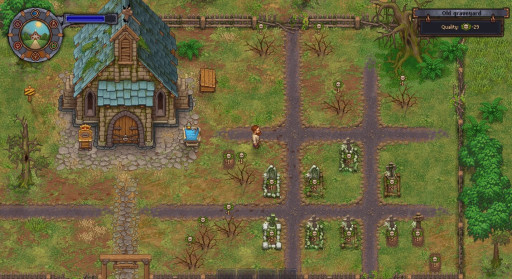
How well you take care of or "keep" your graveyard is a crucial aspect of the game. The graves and their rankings are the graveyard's most crucial components. Burial certificates, which are gained by burying or cremating bodies and can be sold to the Innkeeper, are your primary source of cash in the game.
A church is located close to the cemetery. In addition to maintaining graves, grave keepers also serve as preachers who deliver sermons to their parishioners. One of the game's main objectives is to raise your graveyard rating so that you can reopen the church and resume preaching, which is a major source of income. Maintaining a high ranking for the graveyard is crucial since it influences how much money is made from the sermons.
Quality is influenced by four things: shrubs, corpses, decorations, and graves. The maximum grade per grave is determined by the quality of a buried Corpse. You will have your hands full with maintenance for a while if you add that to the upkeep of the burial, which includes the maintenance of a headstone and other decorations.
6. Perks and Technologies
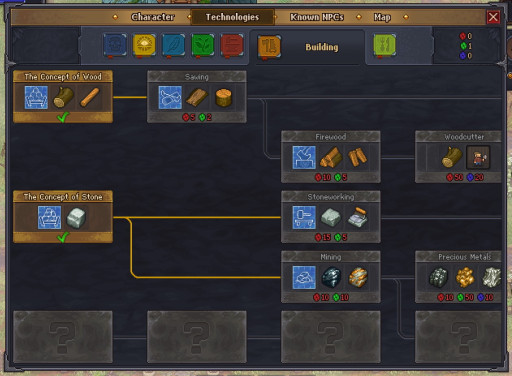
Three types of technology points can be utilized to unlock technology, which functions as a skill system. These points can be obtained through a variety of activities, including crafting and item research. As the game advances, it is critical to use a Study Table to investigate goods. Items can be researched to discover more about them and the advantages they provide.
The branches of linked technologies are arranged in the technology tree:
- Autopsies and purchased organs are covered in the Anatomy and Alchemy tree. You acquire access to stronger autopsy tools and methods, alchemical supplies, and merchandise as you unlock items along this branch.
- Theology is concerned with the church and the cemetery. To raise graveyard ratings, it unlocks nicer burial markers and fences.
- Science and knowledge production are topics covered in book writing.
- The topic of farming and nature manipulation is covered in this book. This includes raising crops, planting fruit trees, keeping bees, making wine and beer, and fishing.
- Iron and sand are transformed into metal components, tools, and glass under the supervision of the smithing tree.
- Building entails the transformation of stone and wood into stone and wood goods.
- The preparation of numerous food items is the focus of cooking.
- Purification of the soul is a topic of spiritualism.
Character skills can be enhanced and passive upgrades can be unlocked through permanent perk modifications. Using Technology Points, you can unlock them by navigating through the various Tech Trees.
5. Beautiful Graphics and Dark Themes
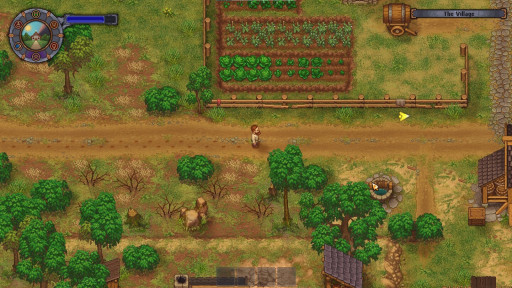
Graveyard Keeper embraces the trendy trend of pixel graphics and delivers them in an eye-catching way. The art design of the game, which is symbolic of classic retro games, gives a certain charm to the entire experience. It pays homage to old video games while combining new gameplay mechanics and features. This mix produces a one-of-a-kind blend of old and new, making the game visually appealing to both retro fans and those searching for a new spin on the simulation genre.
The beautiful graphics are expertly produced, with attention to detail and an evident affection for the genre. Each piece, from the characters to the environment, has been meticulously created to create a visually unified and engaging universe. The game's gloomy and eerie mood is effectively conveyed by the pixel graphical style, which complements the horrific subject of managing a graveyard.
4. DLCs and Mods
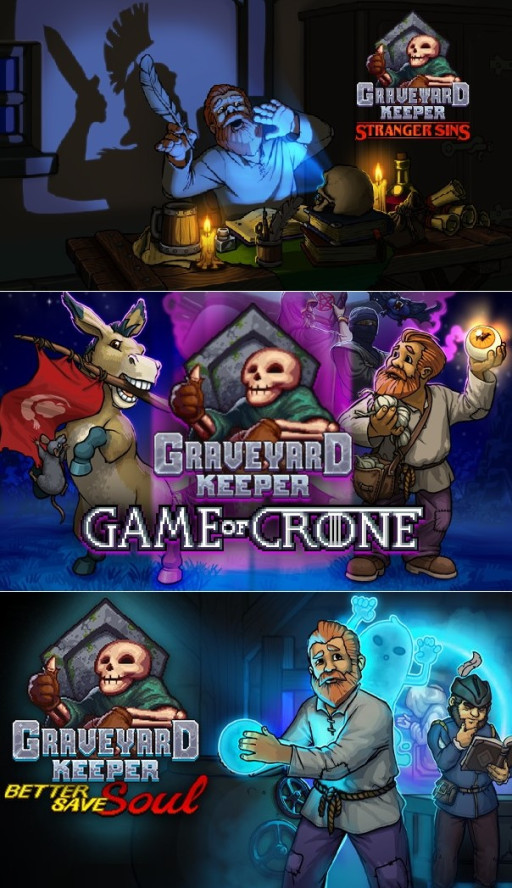
The game has four amusingly titled DLCs, the first of which, Breaking Dead, is revealed to be free DLC for owners of the basic game. The remaining DLCs are paid for. Any player who buys the game will now also receive the Breaking Dead DLC. With this, you can make zombies that will perform tasks around the cemetery and its surroundings on your behalf. Even your garden, handcrafted items, and goods for the market will be taken care of by them. You may automate your whole supply chain if you have a sufficient number of high-quality zombies, which frees you up to concentrate on moving the main plot along.
Stranger Sins, the second DLC, adds a Tavern for players to run and delves deeper into the game's lore and characters. Keeping with the realistic nature of the game, players will find new quests, character development for the villagers, and a new ending for the main game in addition to the ability to manufacture and sell food and drink for a healthy profit, much like in a real bar.
With the third DLC, Game of Crone, players can explore new story content by discovering and assisting a camp of refugees and learning more about their forebears.
Players can look into the misdeeds of the corpses they control in the fourth and final DLC, Better Save Soul. It has brand-new NPCs that assist the player in atoning for both past and present misdeeds. Another fantastic advantage of this DLC is that it completes the game by adding its extra features.
Each DLC adds several hours of gameplay to the base game as well as additional achievements for people who prefer performing tasks in order to acquire achievements. On top of the official DLCs, the PC version of the game also has community-made Mods. By providing additional details about biodegradable things, altering the player's speed, the locations where goods can be created, and the number of days, these mods enhance players' gaming experience.
3. Replayability
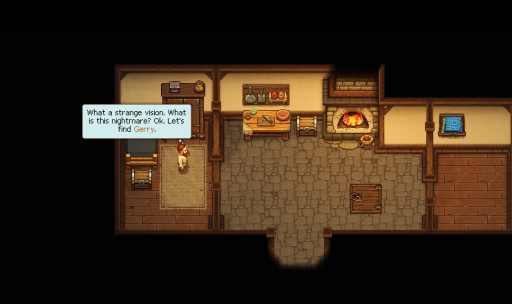
Graveyard Keeper has an appealing amount of replayability that keeps players interested even after they have finished the primary story. While the first experience of maintaining a graveyard is captivating in and of itself, the game's DLCs provide a new and expanded gaming experience.
With more than 6 hours of added material in each DLC, players are urged to return to the game and experience new storylines, systems, and challenges. These expansions breathe new life into the game, giving players an incentive to return and immerse themselves further in the fascinating world of Graveyard Keeper. The DLCs considerably enhance the replay value of Graveyard Keeper, guaranteeing that players may continue to enjoy the game long after its initial completion, whether it's unraveling new mysteries, partaking in different tasks, or discovering new regions to explore.
2. Sound Effects
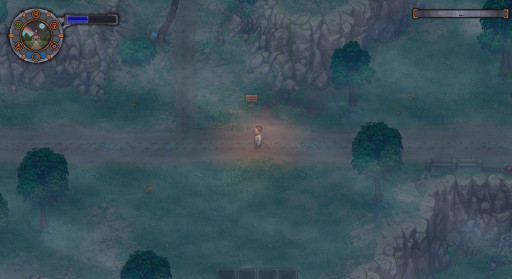
The sound effects in Graveyard Keeper significantly improve the entire mood of the game, adding a layer of realism and charm to the player's experience. The game's dialogue, which is reminiscent of Animal Crossing characters, uses distinct and occasionally strange nonsense language. This strategy gives the exchanges a particular taste, with each character having a distinct tone and manner of speaking that represents their personality. These unusual speech patterns add to the game's quirky and enigmatic atmosphere.
Graveyard Keeper has a variety of realistic sound effects that improve the gameplay in addition to the character conversation. Every action is complemented by relevant and immersive audio cues, whether it's the satisfying thud of chopping wood and the ensuing sound of logs falling, or the sharp sound of digging into dirt. These noises add realism and feedback to the game, making each action feel meaningful and engrossing.
In addition, when a skill is learned, the game plays a distinct "ding" notification sound, which is accompanied by important information. This sound effect acts as a pleasurable aural cue that reinforces the player's achievements and promotes further exploration.
1. Overall Fun Factor
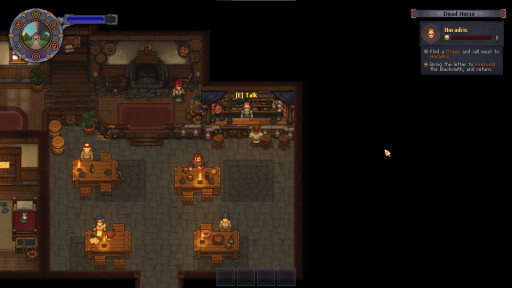
In conclusion, Graveyard Keeper succeeds in terms of fun factor thanks to its fascinating story, diversified gameplay mechanisms, interesting characters, pleasant sound effects, and visually stunning pixel graphics. Players will have a fun time enjoying everything Graveyard Keeper has to offer, whether it's maintaining a cemetery, fulfilling missions, or exploring the dynamic landscape.

